
Doubt or fear is enough to cause people to reject the coronavirus vaccine, even more so if there is someone feeding that fear. It could be the pastor, a so-called doctor with messages that go viral on social networks or a group that offers support through signs posted on utility poles.
Many such signs are around in Nicoya. “MUCH ATTENTION, MOTHERS, FATHERS, GRANDFATHERS, GRANDMOTHERS. Children have a strong immune system; 99.96% of those who contract COVID survive. Some serious effects resulting from experimental vaccination are thrombosis, pericarditis, myocarditis, guillain-barre, among others,” says the announcement posted around downtown Nicoya.
The poster has a link to a video, a website for support and a phone number that no one ever answered when we tried calling it. The website is from Costa Rica Libertad y Vida (Freedom and Life), the movement that promoted the protest at the San Vicente de Paúl hospital in Heredia, and offers lawyers to give advice to families who are reluctant to vaccinate their children.
However, the effect of these groups seems marginal, even in areas where religious networks that circulate the information supposedly have a greater influence. Forty days after immunization of children began, the rate of coverage was identical in central and peripheral regions.
Likewise, the first dose is being administered in nearby small towns in Nicaragua to the north or Panama to the south, along the Pacific and Caribbean coasts, and also in rural mountain areas that are farther from health centers.
The vast majority agree to get vaccinated because they know that it’s the way to be able to continue the school year and nobody wants to miss classes,” said Gabriela Chaves, the preschool supervisor at a school in Cañas.
Previous measurements have indicated that no Costa Rican should travel more than four kilometers (2.5 miles) to get to a health post, an advantage factor pointed out by former Minister of Health Maria Luisa Avila, head of the Infectology service at the National Children’s Hospital and one of the champions of vaccination in Costa Rica.
Other important factors are the long tradition of immunization, the legal framework and the leadership in the hands of a national commission in which experts from outside the government also participate. “The pandemic and the need to vaccinate quickly made us see the strength of Costa Rica, a set of advantages that save many lives, although of course there are things to improve,” said Avila.
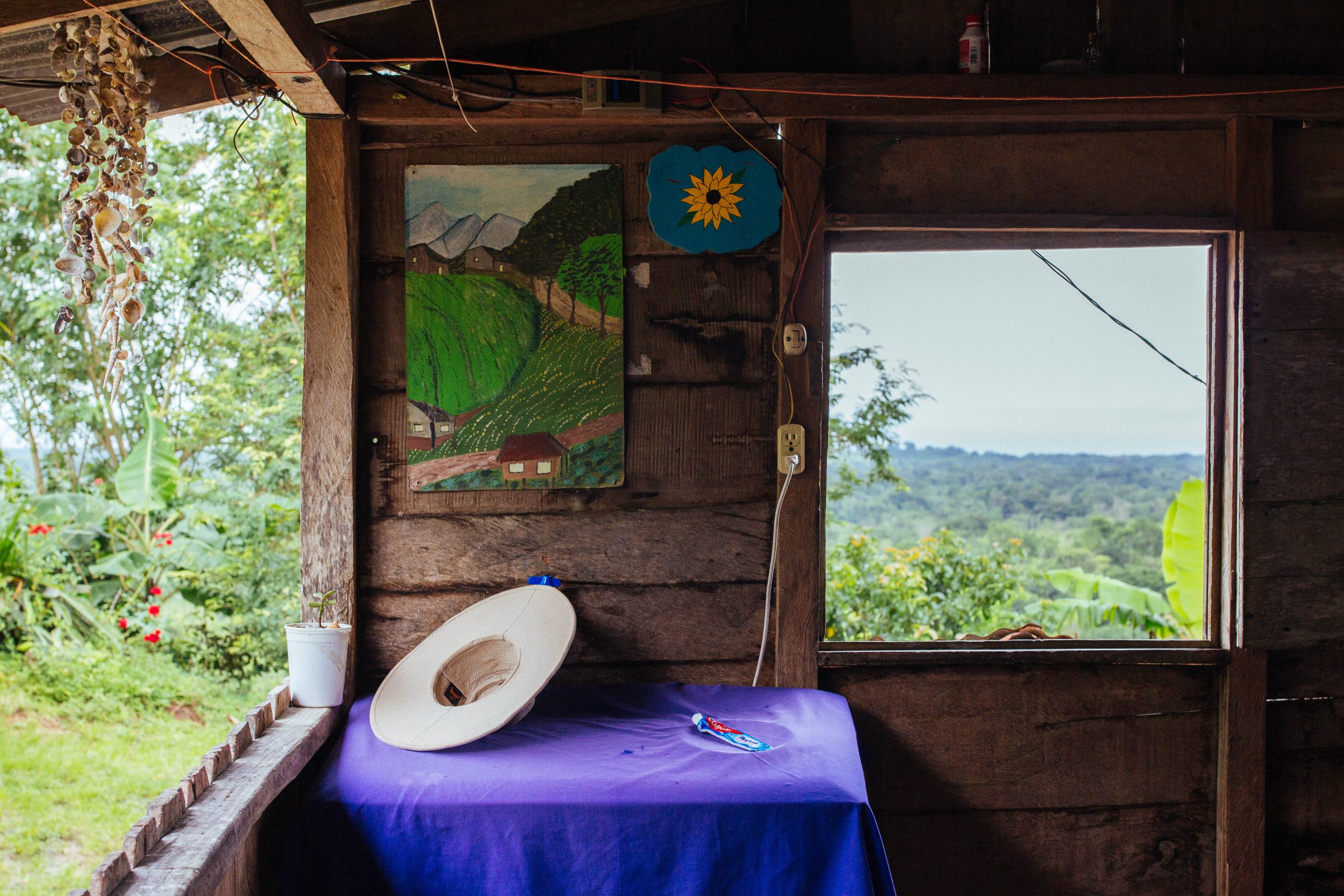
Families living in the farthest houses in Caoba, perched on a hill that slopes directly down to Nicaraguan land, can see Nicaragua’s Lake Cocibolca in the background. Before the pandemic, they walked for half an hour to spend there on Sundays. Photo: David Bolaños
Authorities and operational officials recognize that the current communications environment exceeds the capabilities of those information campaigns that are reflected in the colorful posters taped to clinic walls or in advertising spots on radio stations.
Knowledge, ignorance, doubts or conspiracy theories flow through channels that escape the official information media. It could be in a meeting of parishioners in areas where the government almost doesn’t exist or on the screens of prepaid cell phones, more common among people with lower incomes.
Biases and fears are reaffirmed with content produced hundreds of miles away or at the neighbor’s house, something difficult to know. The new social dynamics pose additional challenges for public policies related to life and beliefs, even in a country with progressive state policies, such as Costa Rica.
The community of Caoba, located in La Cruz, is a place where one bus arrives every day. It’s inhabited by a handful of farming families who work from before the sun rises until nightfall. Its location allows residents to easily go for a walk to Lake Nicaragua across a border that’s difficult to see in the terrain.
There’s not much to do other than work the fields, try to take the product to Santa Cecilia, the closest town with more inhabitants, and attend the activities of the two evangelical churches or the occasional Catholic mass on weekends.
With the pandemic, it’s been worse. “Life was more fun,” commented a mother when she was consulted about the effect of the COVID-19 pandemic two years after the virus arrived in Costa Rica through an American tourist, the first case in Central America.
Although it’s not the country where it’s wreaked the most havoc, the pandemici’s blow was very hard for a fortunate society that has to look back through the history books for the last time it suffered a national tragedy. More than 8,000 deaths and the worst economic blow in 40 years, with unemployment doubling to 24%, are the immediate toll from a pandemic that only began to let up as the vaccination campaign progressed. The campaign began during Christmas in 2020 and has already covered more than 90% of the population, despite everything.
Now, the vaccination campaign is focused on the school age population, in particular, children between the ages of 5 and 12 who returned to full in-person classes in February, two years after the pandemic began, and who can’t allow another big educational blackout, authorities warn.
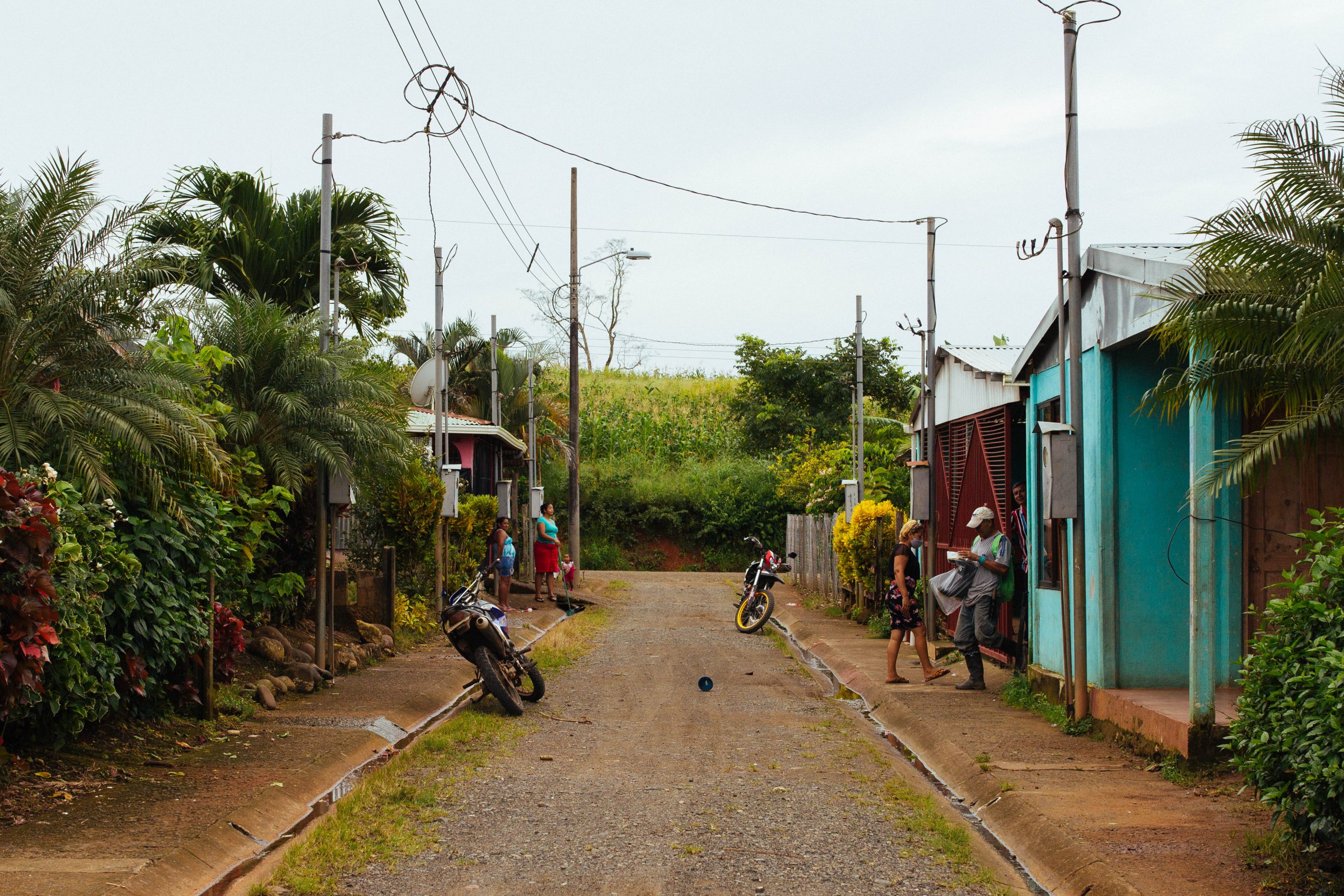
Caoba is a small town of about 15 square kilometers, covered with pastures and roads that lead to Lake Nicaragua. In the middle of the town there is a hamlet of about ten families. Photo: David Bolaños
They’ve already suffered a high cost in socialization and in the learning process whose gaps will only be measurable in a few years. That’s why getting them vaccinated as fast as possible is being promoted with urgency throughout the territory, in the center of the country that’s full of health services and in the outskirts where health teams travel by vehicle, horse or boat to try to overcome the obstacles.
Caoba, in a corner along the border with Nicaragua, reflects a way of gauging the recovery from the pandemic, the strength of the child vaccination campaign, which in its first 60 days reached 46% of the population between 5 and 12 years old, and the hesitancy of isolated groups against the general acceptance that prevails in Costa Rica in favor of vaccines.
I have nothing against the vaccine, but I hope that my fear will go away a little… They say that it causes a lot of problems and that is the fear that I have. I think about if something happens to my daughters, I don’t know, I’m a little scared,” said Elda Cubero timidly and almost embarrassed.
She’s a resident of Caoba and a parishioner of the Puertas del Cielo (Gates of Heaven) church, directed by the pastor who also owns the main grocery store there.
Elda speaks while sitting on a bench at the high school, one of the few meeting points in the town that formed without anyone planning it, along the sides of a gravel road that leads to Nicaragua. She agrees to answer journalists’ questions and thanks them for coming here, where no one else hardly ever comes.
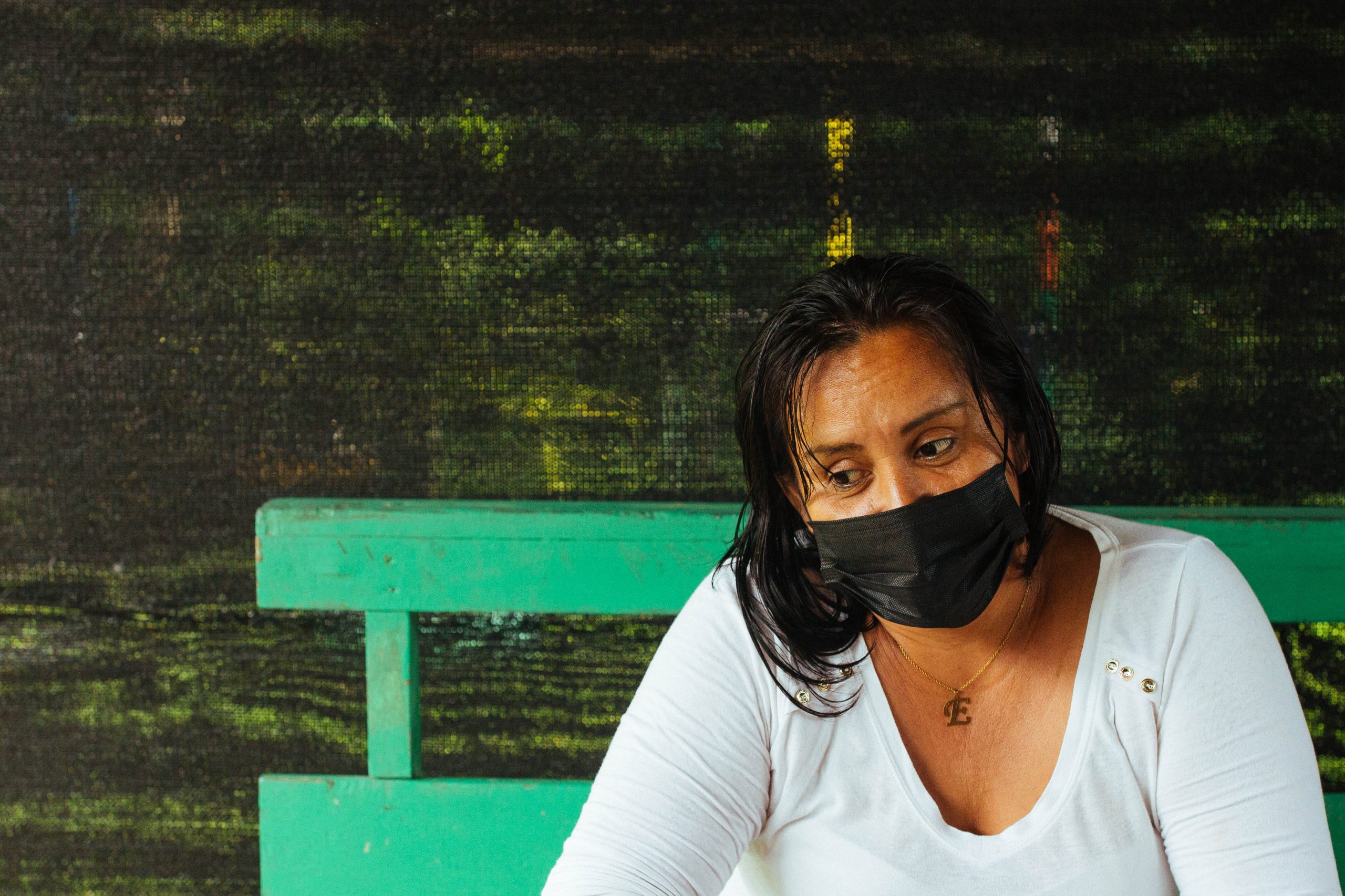
Elda Cubero is the mother of two teenage daughters who study at El Caoba Highschool. Although she is part of one of the evangelical churches, she says that her decision not to get vaccinated is not influenced by his religion. Photo: David Bolaños
The ones that have come before are the vaccination teams and the response has been the majority, warns the school principal, Flor Corea, although she doesn’t rule out the possibility that information is being spread in the churches that causes people to be “a little scared,” as Elda mentioned.
Health personnel and their authorities know this, from the central level in San Jose, 300 kilometers (about 186 miles) away, to the regional coordinators that try to adjust strategies to the characteristics of each area.
In the border cantons, for example, they know that they must travel long distances to reach the villages and that hesitancy may come from some evangelical churches, according to Diego Alfaro, coordinator for the Chorotega Region for the Expanded Immunization Program (PAI for the Spanish acronym) of the Costa Rican Social Security Fund (CCSS).
“These are large areas and dispersed populations. That makes it difficult to get there, but we still get there. Once there, we see that there is some rejection. We have identified points on the coastal strip where there are American or European families who have had anti-vaccine positions (before the pandemic), but there are other groups that are not strongly opposed but rather doubtful or fearful, and we work with them too,” said Alfaro, without being able to quantify the vaccine rejection rate for adults or children.
In March of 2022, two months after starting to vaccinate children under 12 years of age, there aren’t left-over pediatric doses, Alfaro warned.
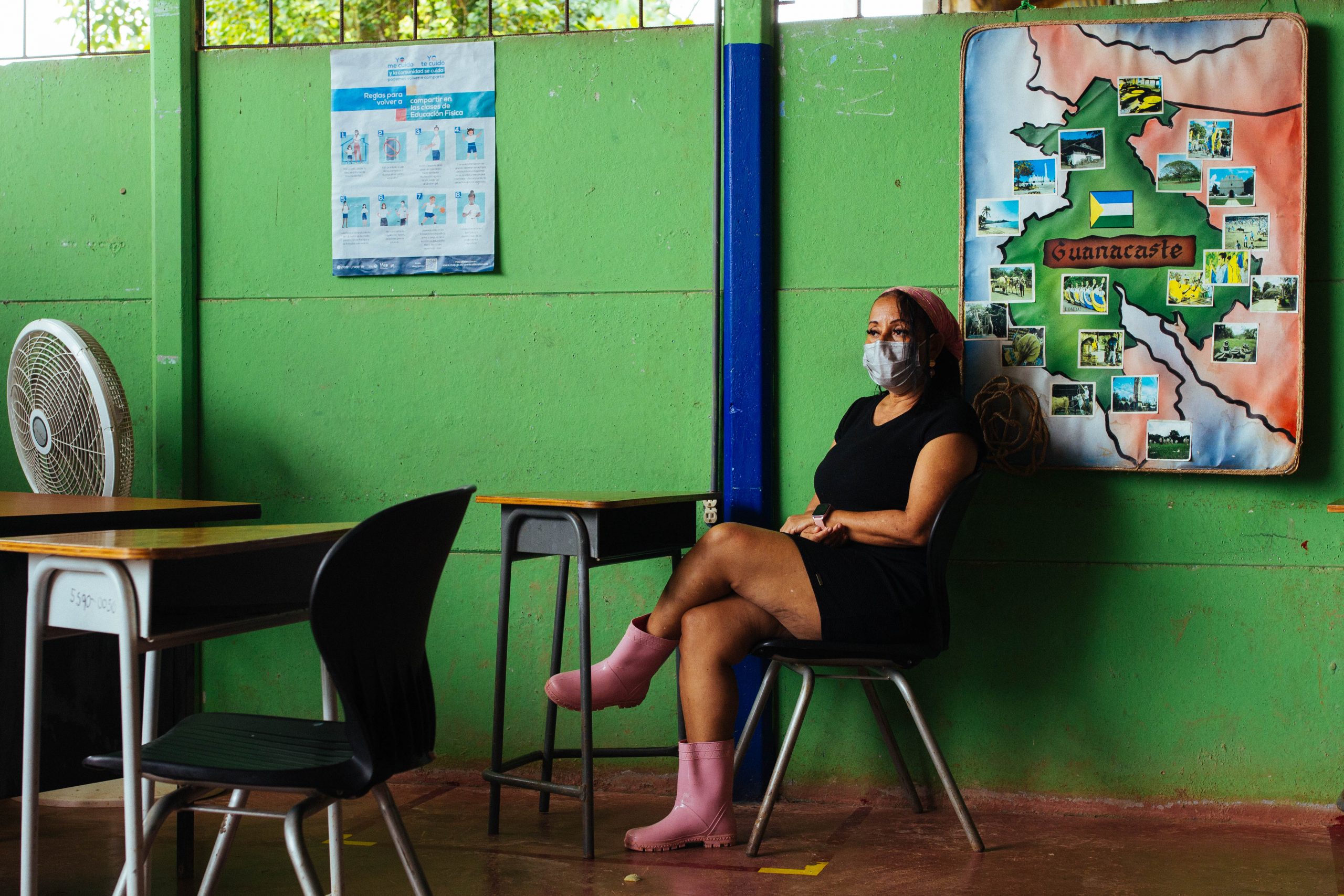
Flor Corea is a Liberian who has worked at Juntas del Caoba Highschool for about ten years, when the student population was about ten children. Over the years, she says, interest in education has increased not only among minors, but also among their parents who did not leave high school, for the most part. Photo: David Bolaños
Rejection Focal Points
There are no vaccines left over for children in Caoba or anywhere. They did have left overs for adults. Some 210,000 people, almost 6% of that population, opted out from the campaign and the authorities understand that they will no longer reach there.
“We’re satisfied with the overall result, but it also shows that there is work to be done. The simple fact that a single person thinks or fears that the vaccine is harmful forces us to continue working to inherit a population with less resistance in the future,” replied Leandra Abarca, head of Epidemiological Surveillance at the CCSS headquarters.
Dr. Abarca prefers not to use the term “anti-vaxxers.” She knows that there is some active focus against immunization and science, but maintains that the majority of reluctant people are like Elda, with doubts or fears due to incorrect or incomplete information, sometimes spread through social networks and other times due to the influence of leaders. whether in religious or political spheres.
Few dare to directly question vaccination, as the Puntarenas legislator and evangelical pastor Melvin Jimenez did for months.
Nor have there been many anti-vaccine demonstrations, although there were some sporadic ones in towns like Tamarindo or Cañas. The most notorious episode in the country occurred on January 26, when dozens of people arrived at the Heredia hospital, 10 kilometers (6 miles) from the capital, to demand the discharge of a child who was hospitalized there for a respiratory illness, since his mother didn’t want him to be vaccinated against COVID-19 and the medical staff adhered to the law that required them to do so, which is what finally happened.
Protesters attempted to enter the hospital and clashed with security guards. This was echoed in the news and on social networks. Later, they filed appeals before the Constitutional Court and complaints in other instances, but nothing prevented the dose against the coronavirus from being administered to the minor. In Costa Rica, a legal framework has been developed that includes a solid mandatory immunization schedule for minors, which the vaccine against COVID-19 was added to at the end of 2021.
There are exceptions to complying with the law. That’s what happens in educational centers where incipient vaccination days have been developed to take advantage of the large group of children present. Principals or teachers avoid conflict and prefer to keep students whose parents have expressed rejection away from lining up.
Several times, I’ve told my students not to go to the line, that I don’t want problems with their moms. Later, that is resolved by those from CCSS, but they shouldn’t say that we are the ones who tell them to contradict their parents,” admitted a school principal in the province of Limon.
He preferred not to identify himself because a father threatened to report him without explaining the reasons or for what instance, but he chose to avoid it.
Cases of hesitancy are few, but they aren’t isolated, because all those who avoid the vaccine know others who also do so, who share their fears or cause them, or who, within trusted family or religious groups, exchange ideas on ways to face something new that has recently come from another country and makes lots of money for international corporations.
“It’s just an experiment and it could cause problems,” say the most benevolent, like Elda. This is something millionaires invented to make money with the government’s complacency, says some ideological banner. And then there are others that go further, to whom the Minister of Health, Daniel Salas, referred in December 2020, warning that the vaccine “does not introduce a microchip or alter people’s DNA.”
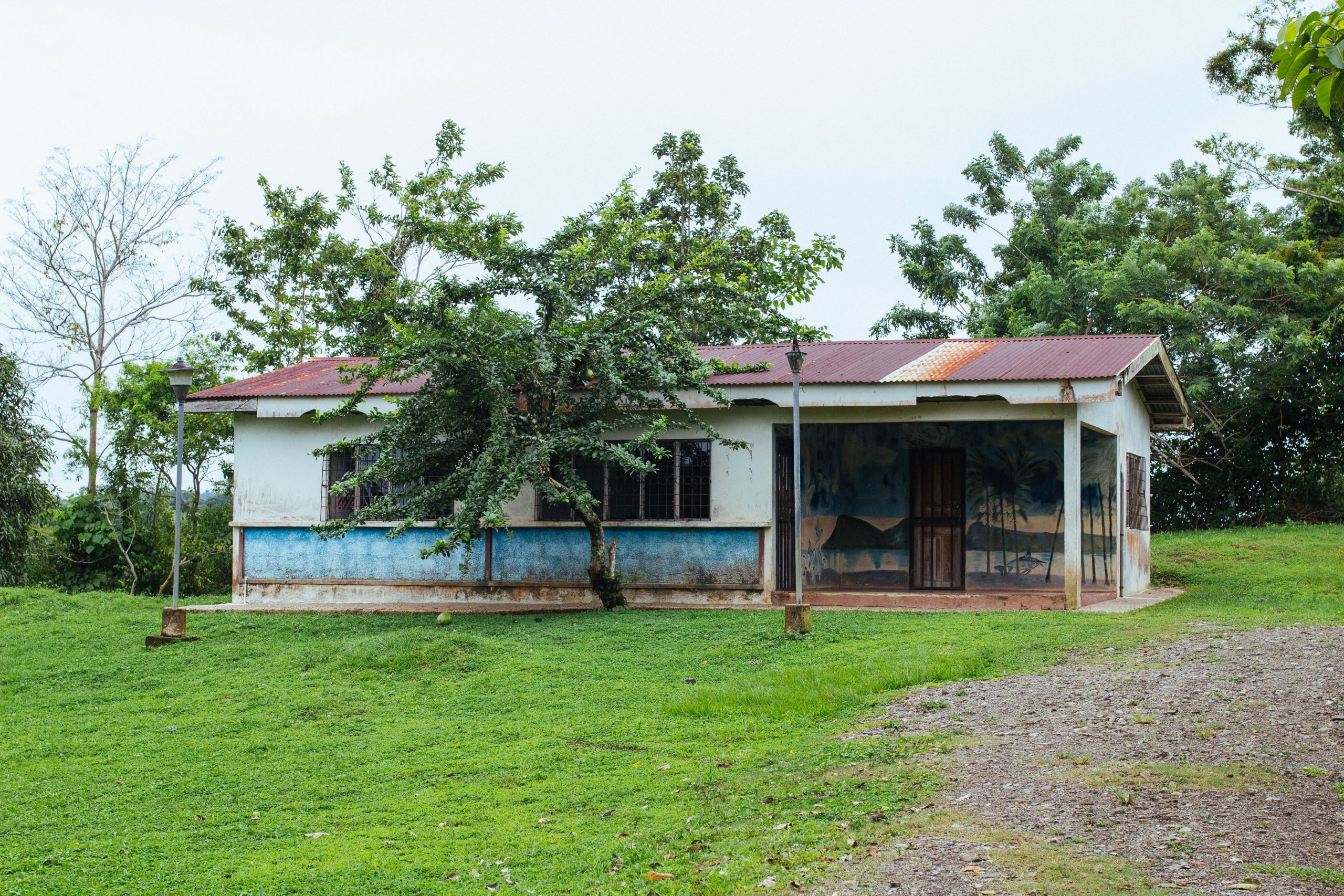
The Ebais (health center) in Caoba works once a week, when an itinerant doctor visits the town to attend to medical needs that do not require a transfer to La Cruz. The rest of the days it looks like an abandoned building, with an open roof and moldy walls left by the humidity of the town.
Foto: David Bolaños
Meter by Meter, Child by Child
“Then the answer is the effort, meter by meter,” explained Leandra Abarca from CCSS’s central offices. It was shown by the coolers with the doses that have traveled in boats, in the hands of people walking in rubber boots and in the all-terrain vehicles that arrived in Caoba, but also in the vehicles of private companies that registered with the campaign.
And also the support of the vaccination hotels in touristy Guanacaste, universities, hardware stores and shopping centers, in addition to some churches or parish halls that counteract suspicions feeding hesitancy.
Daniel, a little 10-year-old horseman, celebrated it in the second week of March, when some ladies dressed in white and light blue visited his small village in Cureña of Sarapiqui, also on the outskirts of Nicaragua, but many miles farther to the east than Caoba.
His mother, Leany, a Nicaraguan who has lived in Costa Rica for 16 years, was scared due to secondary effects and because her documents aren’t up to date, but Daniel is a Costa Rican in every sense and has gotten all of the vaccines possible. He doesn’t miss a day of school. He has breakfast there every day and he listened to the teacher’s explanation there about how a vaccine works.
Two days later, he saddled his horse and left the farm where the family works because they had read that people were coming from CCSS. “We went to meet them, because the government does their part, but one also has to put forth [effort] for it to be of any use. It’s good to know that they remember us,” Leany said by phone a few days later, already vaccinated, without having managed to completely overcome her fear.


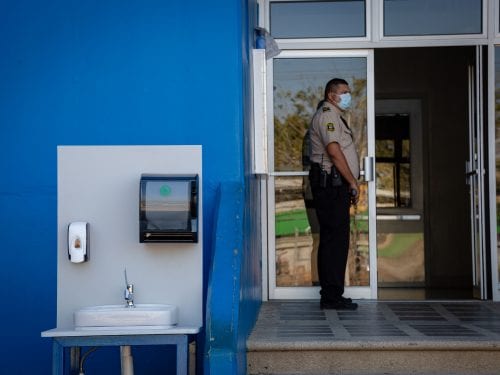
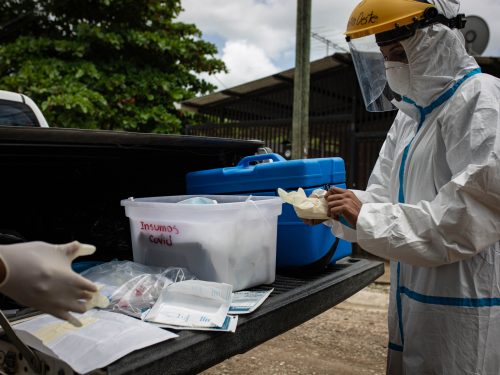
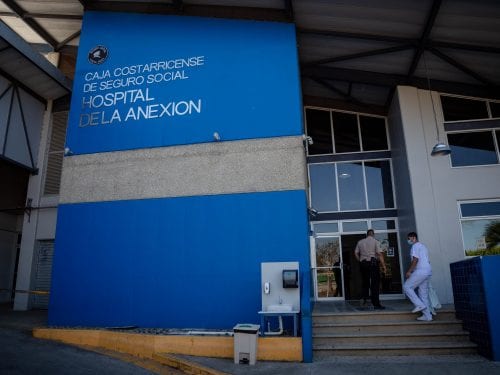

Comments